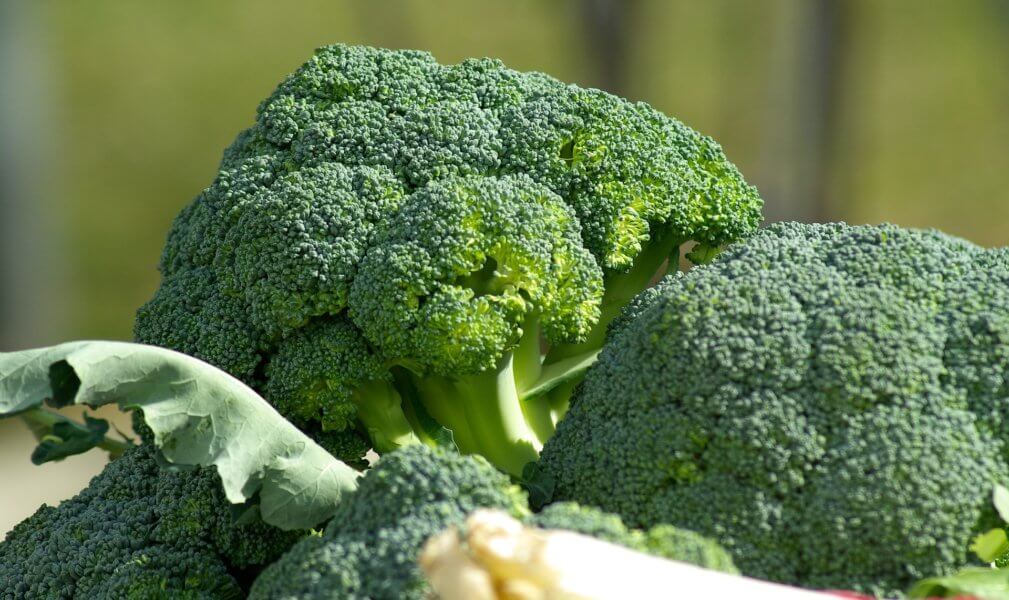The ABC List Of The Healthiest Vegetables: B for BEETS, BOK CHOY, BROCCOLI, BRUSSELS. The 150 Healthiest Foods on Earth series, based on the book by Jonny Bowden. It’s a recipe for healthy living that hopefully you all take to heart like I have. The series has been divided into food groups, starting with vegetables. And this post is all about the vegetables that begin with the letter B … ones that are packed with nutrients, vitamins, and antioxidants – it’s just like having a pharmacy in your fridge and pantry.
If you missed the vegetables that begin with the Letter A, read up on it here. Enjoy 🙂
BEETS
Beets are an excellent liver tonic and blood purifier in many holistic, integrative and eastern traditions, therefore many love to juice them. They are strong in flavor and best juiced with carrots, apples, spinach and ginger. The red color comes from a compound called betacyanim, which is a potent cancer fighter. But beware, the betacyanim stains your clothes and hands, it also turns your urine red.
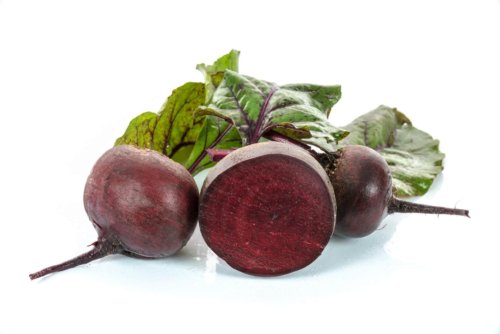 They are an important dietary source of betaine and also a good source of folate. They work synergistically to reduce the toxic levels of homocysteine, an amino acid that is harmful to blood vessels, which contribute to the development of heart disease, stroke, dementia, and peripheral vascular disease (reduced blood flow to the legs and feet).
They are an important dietary source of betaine and also a good source of folate. They work synergistically to reduce the toxic levels of homocysteine, an amino acid that is harmful to blood vessels, which contribute to the development of heart disease, stroke, dementia, and peripheral vascular disease (reduced blood flow to the legs and feet).
Two beets contain 528 mg pf potassium, which is important for a healthy heart. You can bake, boil, steam or shred them when they’re raw for salads and slaws. The leaves are high in nutritional value containing calcium, iron, vit A and C. Because they are high in sugar, eating them is not suggested if you have diabetes.
BOK CHOY
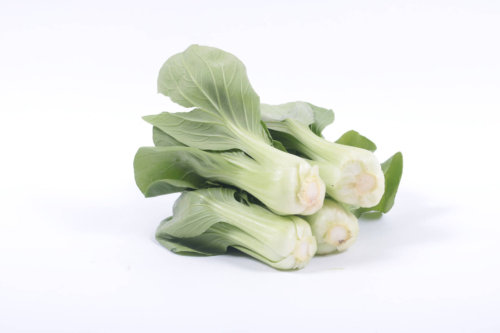 It’s a member of the brassica family, which means it contains indoles, which are compounds that have been shown to lower the risk of cancer. Bok Choy is loaded with calcium, potassium, betacaroteine and vit A. 1 cup contains 20 calories when cooked, 9 calories if eaten raw.
It’s a member of the brassica family, which means it contains indoles, which are compounds that have been shown to lower the risk of cancer. Bok Choy is loaded with calcium, potassium, betacaroteine and vit A. 1 cup contains 20 calories when cooked, 9 calories if eaten raw.
Because a cooked cup is more concentrated, it give several times the potassium and twice the calcium, beta-carotene, vit A and almost 2 g of fiber.
BROCCOLI
This vegetable has been lauded for its cancer fighting power.
It’s a member of the brassica family, the same as in cabbage, bok choy, kale, kohlrabi and swiss chard. These vegetables are an excellent source of the anticancer phytochemicals called isothiocyanates. Isothiocyanates fight cancer by neutralizing carcinogens of the cancer battle. They do this by reducing their poisonous effects and stimulating the release of carcinogen killers, speeding up their removal from the body. Isothiocyanates help prevent lung and esophageal cancer, and can lower the risk of other cancers including gastrointestinal cancer. Broccoli in particular contains a potent isothiocyanate that is an inhibitor of mammary tumors.
Ladies take note:
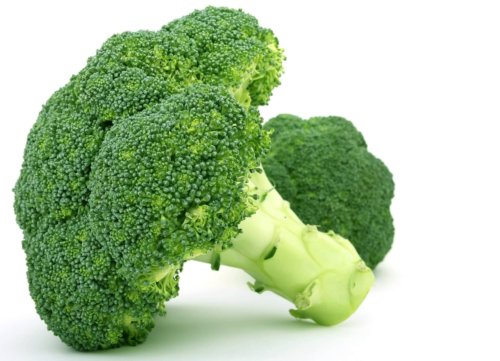 Broccoli contains indole-3-carbinol, which is a strong antioxidant and stimulator of detoxifying enzymes, and seems to protect the structure of DNA. It also reduces the risk of breast and cervical cancer. Indole-3-carbinol is of importance to women. Estrogen has 3 metabolites which act differently in the body. Two of the metabolites – 16 alpha hydroxyestrone and 4-hydroxyestrone have carcinogenic action, but the third, 2-hydroxyestrone is benign and has protective effects. Indole-3-carbinol increases the ratio of the good (benign) estrogen metabolite to the potentially harmful ones.
Broccoli contains indole-3-carbinol, which is a strong antioxidant and stimulator of detoxifying enzymes, and seems to protect the structure of DNA. It also reduces the risk of breast and cervical cancer. Indole-3-carbinol is of importance to women. Estrogen has 3 metabolites which act differently in the body. Two of the metabolites – 16 alpha hydroxyestrone and 4-hydroxyestrone have carcinogenic action, but the third, 2-hydroxyestrone is benign and has protective effects. Indole-3-carbinol increases the ratio of the good (benign) estrogen metabolite to the potentially harmful ones.
Cruciferous vegetables like broccoli also have high levels of phytochemical called sulforaphane, which increases the activation of enzymes knows as phase-2 enzymes, which help fight carcinogens. They believe that phase-2 enzymes may reduce the risk of prostate cancer.
One cup contains more than 2 g of protein, 2 g of fiber, 288 mg of potassium, 43 mg of calcium, 81 mg of vit C, plus folate, magnesium, phosphorus, beta-carotene, vit A, and 1,277 meg of the eye nutrition Lutein and Zeaxanthin. Both are members of the carotenoid family, and are being researched to reduce or prevent macular degeneration, the #1 cause of blindness in older adults.
I sure wish my mom knew about the benefits of broccoli years ago, because right now she is going blind because of the macular degeneration disease.
BROCCOLI RABE
This is a relative of the broccoli, but is more related to the turnip. But as far as taste goes, its aggressive and bitter.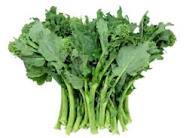
The health benefits, like all cruciferous vegetables, broccoli rabe contains flavonoids, sulforaphane and indoles, which help prevent cellular degeneration and may help protect against cancer.
One serving of broccoli rabe is 28 calories, contains 10 mg of calcium, 292 mg of potassium, 31 mg of vit C, 60 mcg of folate, 217 mg of bone building vit K, and more than 3,800 IU’s of vit A, including 2300 mcg of beta-carotene. Plus there are 1,431 mcg of the eye nutrition, Lutein and Zeaxanthin, which is being researched to fight macular degeneration. Its only 28 calories per serving and contains 2.4 mg of fiber.
BRUSSELS SPROUTS
My newly discovered vegetable – I LOVE IT! And am hoping my sister loves it as well (she has been diagnosed with colon cancer).
Brussels sprouts may ward off colon cancer – they contain a chemical called sinigrin, which suppresses the development of pre-cancerous cells. The breakdown product of sinigrin (allyl isothiocyanate) is the active ingredient in Brussel sprouts. It works by persuading the pre-cancerous cells to commit suicide, which is a natural process called apoptosis. It has such a powerful effect that the occasional meal of brussels sprouts could help reduce the incident of colon cancer.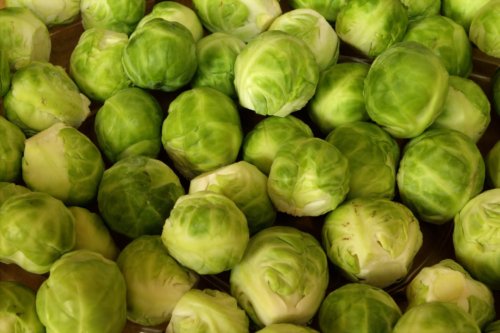
They are high in isothiocyanates and sulforaphane, which are known to help fight cancer by inhibiting cell proliferation, neutralizing carcinogens, and helping to detoxify nasty environmental toxins. Sulforaphane increases the production of certain enzymes known as “phase-2-enzymes” which can disarm damaging free radicals and help fight carcinogens. It is believed that phase-2 enzymes may reduce the risk of prostate cancer.
Brussels sprouts supply a good amount of folate (folic acid), potassium and bone-building vit K, and a small amount of beta-carotene.
I hope the above information is useful to you and helps you make healthy decisions for you and your family. Enjoy your B’s today – I know I will. And please stay tuned for our next posting on The Healthiest Vegetables Beginning with the Letter C. Ciao 🙂
